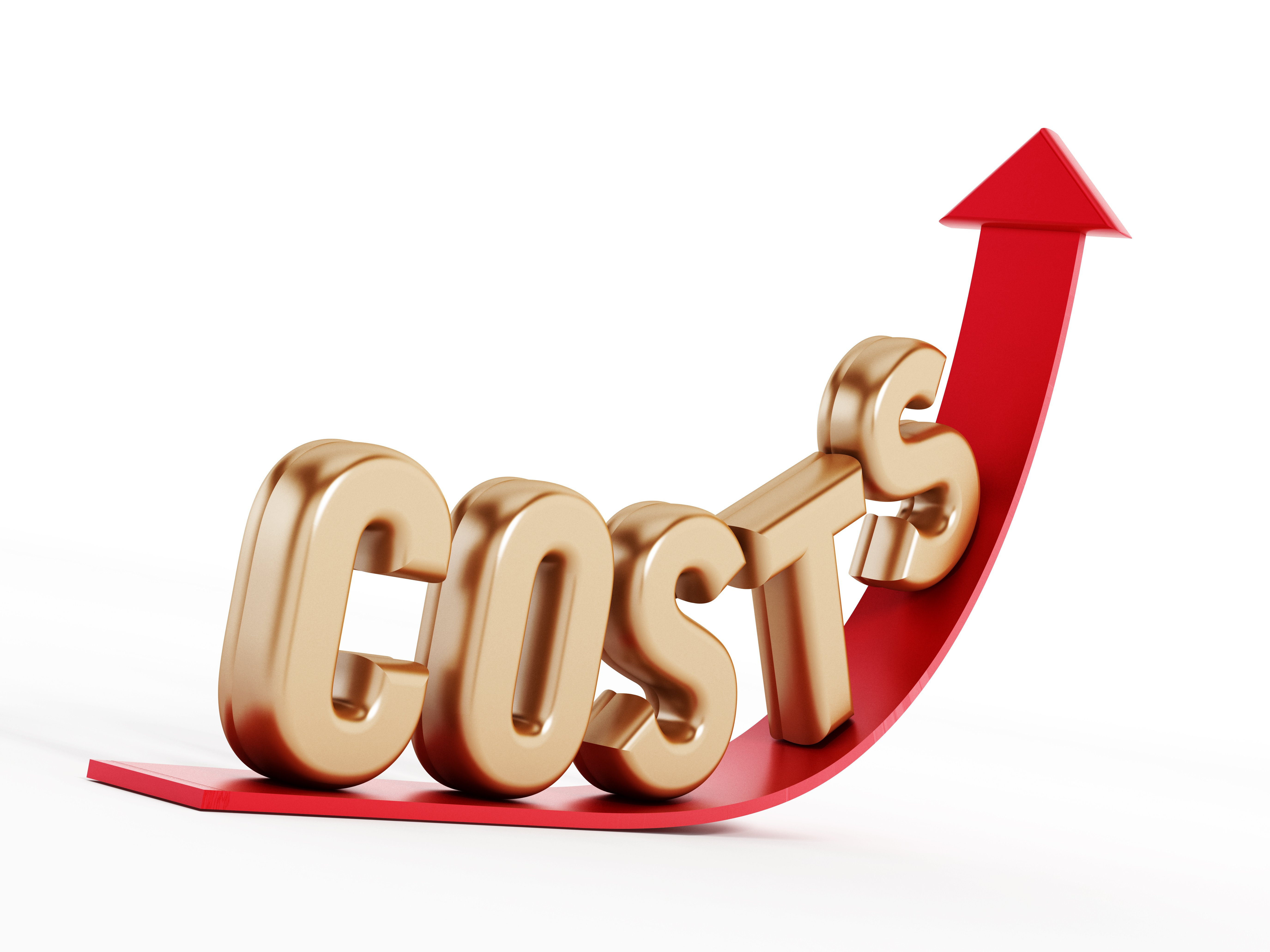
Navigating the Higher Costs of Construction
By Denita Schreier CCIFP, CMA
Everyone in the built environment is feeling the pinch. Construction material costs are still rising, interest rates are climbing, and labor rates are increasing. It seems like we are caught in a vicious circle that won’t slow down. Using the CPI Inflation calculator found at https://data.bls.gov/cgi-bin/cpicalc.pl, we see that it costs $180.17 today to buy the same things that $100.00 would have purchased in January 2020.
When labor rates rise, it impacts both the construction material costs and the jobsite installation component, because labor is a key part of both the material production and the installation. Therefore, the resulting cost impact is exponentially increased.
Digging deeper, materials aren’t just being shipped to a job site for installation. Behind the product is usually a factory that is manufacturing the product using materials and labor. The workers at that factory are impacted by inflation, cost of living, and the workforce shortage. These challenges drive labor rates upward, which in turn increases the cost of goods. Then once the material gets to the job site, now we have more labor expenses to install the materials into the building. So, each labor increase is compounding the cost of construction.
One significant factor driving the higher cost of construction labor is the shortage of skilled workers. For years, parents and educators touted college as the pathway to success. Skilled trades apprenticeships and trade education did not get the recognition they deserved for providing a well-paying career without the student loan indebtedness that may come with a four-year traditional college education. Enrollment in skilled trades education suffered, and as Baby Boomers continue to retire, there is an ever-increasing gap between available workers and available jobs. Unfortunately, this may take years to remedy. In the meantime, employers need to find new ways to attract and retain talent or entice once-retired staff to put on the toolbelt for one more project.
The material cost increases were once blamed on COVID and the massive disruption to the supply chain when factories temporarily suspended operations during the pandemic. We are still seeing long-lead items, specifically related to electrical components. This is no longer due to COVID, but instead related to the dramatic increase in demand for electric vehicles and conversions to electric power. We know that when demand spikes, the supply chain struggles to keep up, which impacts the timeliness of obtaining materials, and generally tends to raise prices as well.
Another significant impact on overall project expenses is the cost of capital. Interest rates have been increased by the Federal Reserve ten times since March 2022. No relief is in sight until potentially sometime in 2024. An owner or developer now must calculate extra interest expense into their budget. Most banks are asking for a decreased loan-to-value percentage, meaning that in addition to higher monthly costs for the building, more upfront cash is needed as well. While high-yield savings accounts are offering more than four percent interest, outsourced preferred equity return demands have also increased.
If you are considering a construction project and wading through the decision-making process, engage early with your design and construction professionals. Ask for value-engineering suggestions, whereby design options or material alternates may help to reduce costs. Pick a pad-ready site with utilities available. Partner with a developer who can assist with site selection, especially seeking out incentives that may benefit the operational expenses after the construction is completed.
Here’s some final food for thought. Even though we’re discussing the cost increases driven by materials, labor, and interest rates, there’s also a likely chance that costs will never be lower than they are today. Think about that for a moment! What if we never return to the “way it was,” and we are currently at a “new basement” – with costs only increasing as we move forward? As of April 2022, building costs had increased 16% on a year-over-year basis. By April 2023, this had been reduced to 6.4%, according to a Cushman & Wakefield survey.
Despite these identified challenges, if your business model supports the construction project, it’s probably the right time to build!
Questions about construction, development, or capital options? Reach out to me at dschreier@wdsconstruction.net to discuss options for your next construction project.